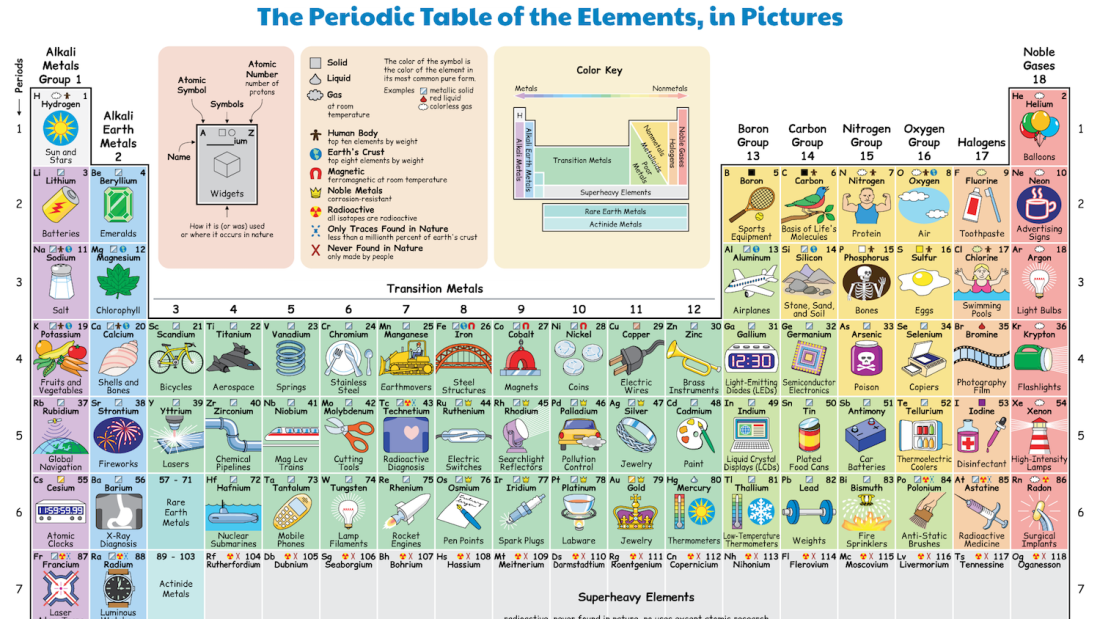The Human Antioxidant System

There are s tribe in Africa, known as the Baka, who range from the coastal forest of Gabon to Congo and Cameroon, who have immunity to the Ebola virus.
This the deadliest virus known to occur in the wild with up to a 90% death rate for the Zaire strain. But the Baka not only don't die of it, they don't even get sick despite being infected. There's no mistake, from the first outbreak in 1976 to the most recent survey of 1 in 10 people in Gabon looking for Ebola Zaire antibodies - and finding up to 33% of the Baka in Gabon have had the virus bit without even a stomach ache or the sniffles.
How can one group never get sick while another group in the same area loses 9 out of 10 people from the disease they're immune to?
From 1976 on researchers have looked at this and two factors had to coincide to find a viable treatment for Ebola, the fist ws the increased understanding from the HIV crisis and second the 2014 outbreak, by far the largest ever, caused a great deal of focus on what is otherwise a neglected disease.
There are two factors directly at play here, first is the optimization of the human antioxidant system and second is the ability of Selenium to act as a magic bullet against nearly all viral disease.
The antioxidant system is very poorly understood but is our first line of defense. With sufficient levels of certain substances few viruses have a chance. The only pathogens not prevented by this are ones that attack the immune system itself and viruses such as HIV and Ebola have this property. Selenium has been found to not only completely inhibit the Ebola virus but in addition all enveloped viruses at the very least although it's been shown to inhibit non-enveloped viruses and plague bacteria. In actual fact the correlation of areas of low selenium soil with increased disease is rather dramatic, as selenium distribution around the world is rather spotty.
In a nutshell the vitamins C and E plus the minerals Selenium and Magnesium work together in a set of ox/redox cycles to inhibit and repair damage to the cells in our body. When we run out, we get sick. When we have the correct amounts, we have an innate immunity to viruses from Adenovirus to the most highly pathogenic Zaire strain of Ebola - an extraordinary claim, which requires extraordinary proof, and that is the purpose of this note. Selenium and Ascorbate and other substanes play many may roles in the body and here we fosus soley on the primaty antioxidant ycle and the biochemistry of the virus initial attack on the ER ("cellular membrane") that encases every animal cell.
